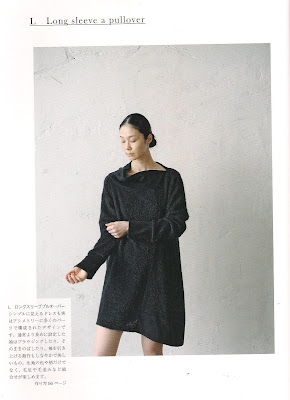So I ordered this.
And about a week later, this came.
The layout is exactly as it was shown on the webpage. Dayum! I could like this 21st century!
All the pieces are labeled, and the legend in the center advises cutting them out with the labels, and pinning the labels to the pieces as you continue. You will be happy you did that.
There are no notches to line up the pieces, but they are so square you don't really need that.
What I do need is an interior zipper pocket. This is more of a tote than a functioning handbag, and I have made this fella before in a workshop I ran. And I likes me some pockets!
So I added the zipper in the interior piece first.
There was some sewing. I followed the other directions. Imagine that. This is a very straightforward build, and the ecocanvas I used (imagine Sunbrella fabric that is softer and can take a print like a photograph....) doesn't need interfacing except at the snap. It does unravel like a demon if you work it too much.
Then I remembered I needed a place to hold my coffee upright inside the bag. Made one out of the endless brown nylon taffeta supply.
You know, when you have about ten yards of a tool fabric, like white cotton or sew in interfacing or the blanket stuff from a moving van. It goes in everything somehow.
Cup holder sewn
Cup holder pinned into seam
Turning the whole thing from the inside out
That awkward midway bit. Kinda like childbirth.
oh yes, I did go there
All Pulled Through, will need to get the insides shoved in
There's lot of tacking stuff down at this point, but the part that I had the most trouble with this time was the grommets. They just would not snap. The sample snapped just fine (so fine it would not come apart, my first clue something was ....fiddly).
I broke a couple. I had to use the clamps to wedge them shut, sorta smooshing them together slowly, tightening one clamp at a time.
Now I'm stuck on a point that I had forgotten about from previous experiences with this pattern.
I think that webbing straps look overwhelmed by the bag and the grommets. I want something plushier. And now I have backed myself into a fabric corner because I DON"T have about three or four inches by 36 or so to make a matching strap.
I only have leftovers because I changed up the interior lining pockets in favor of the interior zipped one.
And they ain't big enough to make a shoulder strap.
I have more of this print, from another order. I won't need a whole yard of the other stuff (which is not the same fabric, just the same print), and I'm going to carve off enough to make a different strap.
I saw this ad for the Celine bag today, and I love the shape/contrast of the strap. So I'm going to piece one from my other yardage, scaled to overfit the 1" grommets.
Well, I'm going to after I deliver the choir dresses.
(the ship hat and the armed leg for Parlor Tricks ate up last week)
(yeah, they will get a post sometime)
The printing time varies, the closer to the holidays the nuttier it gets, but one thing Spoonflower does incredibly well is customer service and support. Their shipping info is accurate, they always give you tracking numbers, and they really do back up their products. I have had problems with ongrain printing and they have always reprinted for me, often overnighting the new print.
It's not perfect, it's not cheap, but for you and me, folks who just want to make something completely their own, it's damn fine.








































































